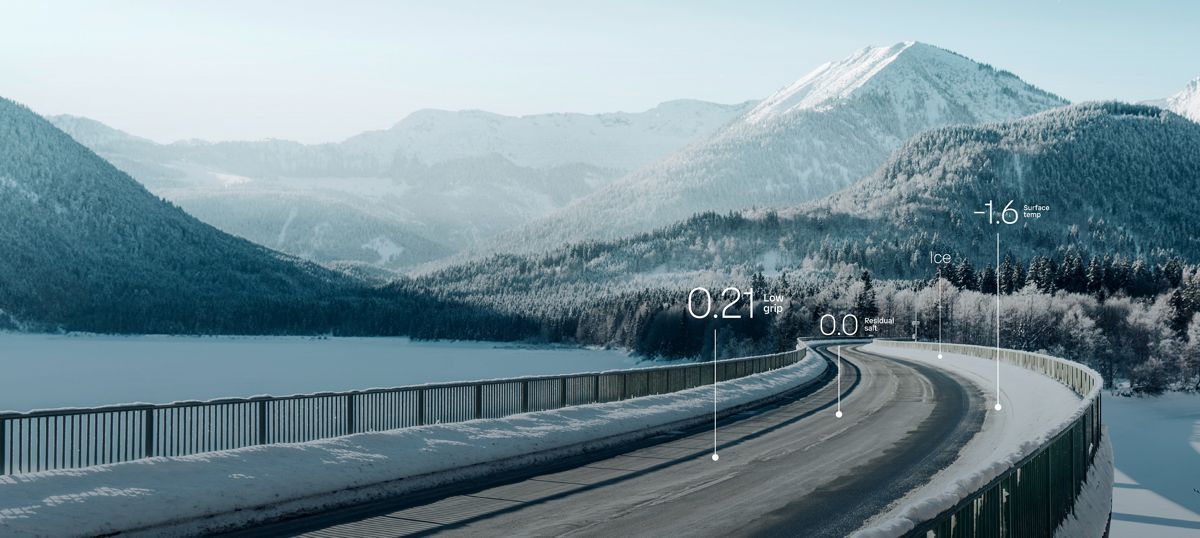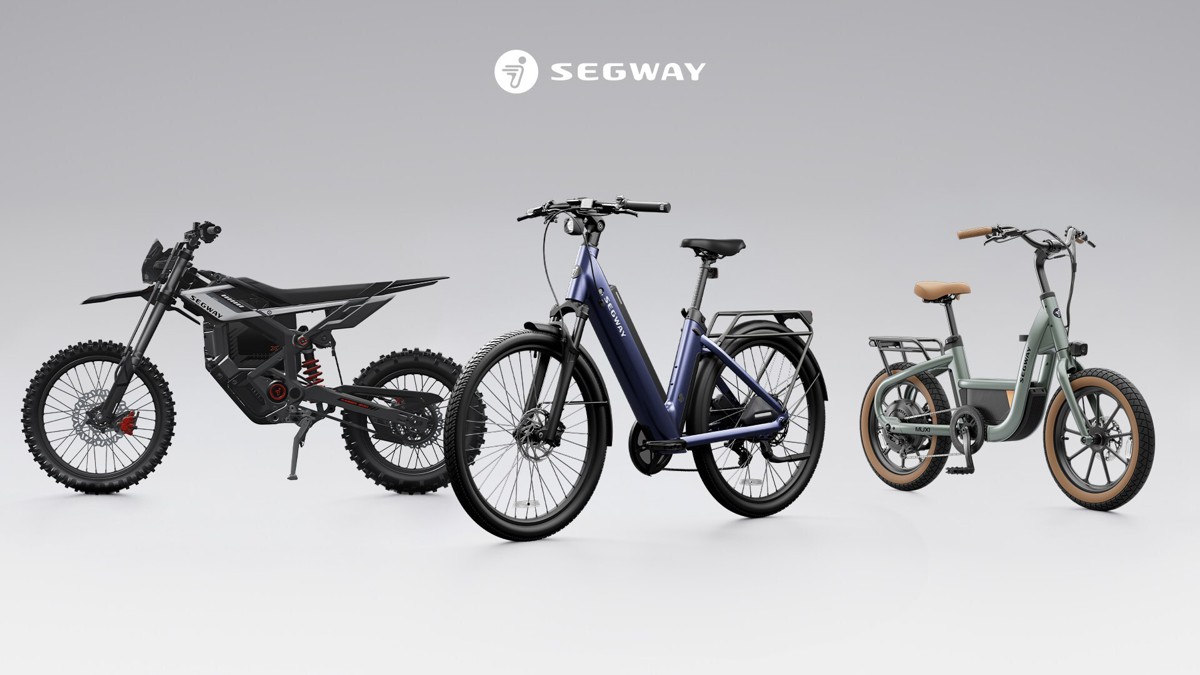Embracing Hybrid Road Networks to enhance Winter Road Maintenance Strategies
Unfortunately, almost 20% of all vehicle crashes occur during winter conditions. From sleet and snow to icy roads and poor visibility, winter weather can cause treacherous conditions on our roads and highways.
Complex road networks intertwine, extreme weather events ramp up in intensity and frequency, budgets tighten and road user expectations evolve, often resulting in transportation agencies facing mounting challenges in maintaining safe, efficient roadways — especially during winter months. Adding to the complexity, agencies often wrestle with rapidly changing microclimates or disparate road conditions in different parts of the network, forcing authorities to make quick decisions about when and where to deploy resources.
The key to overcoming this obstacle lies in combining reliable road condition intelligence with precise forecasting — a hybrid network solution that enhances the observational reach to optimize operations and significantly enhance public safety.

Winter Road Maintenance is Evolving…
Systems produce road weather forecasts based on models that incorporate weather information from numerical weather prediction models and dedicated observations from road weather information system (RWIS) stations. Forecast accuracy depends on how well these systems represent road segment characteristics (under pavement material type, road slope angles, traffic density, etc.), as well as the quality of the NWP input and the observation sets used to define the model’s initial state.
An ongoing challenge, RWIS stations tend to be positioned strategically — but sporadically — throughout a road network. These stations cover only a tiny portion of the overall road segments that require maintenance but provide more reliable predictions and a more comprehensive observation set. Relying solely on RWIS information can lead to gaps in coverage, unnecessary costs and potential safety risks for travellers.
Fortunately, advances in road weather technologies pave the way for a more sophisticated, data-driven method. Road agencies can provide more accurate forecasts covering more segments across their networks by deploying battery-powered Internet of Things sensors across multiple locations. This hybrid solution to winter road maintenance combines data from road weather stations, IoT sensors and mobile sensors with cutting-edge forecasting models and visualization tools to increase safety, reduce costs and minimize environmental impacts.

Combining Sensors, Monitoring and Modeling for Unmatched Visibility
Comprehensive data collection builds the foundation of effective winter road maintenance. The hybrid solution combines various data sources to paint the most complete picture of what’s happening on the road:
- RWIS stations: These fixed installations provide atmospheric and road surface data and will continue to serve as the backbone of the observation network.
- IoT sensors: Compact and versatile devices like Vaisala’s TempCast and GroundCast sensors can be deployed in challenging locations, such as bridges, elevated sections, nonurban roads and areas lacking traditional infrastructure.
- Mobile sensors: By leveraging vehicle-mounted sensors, agencies can gather road weather data across their entire road network, including less-travelled routes.
- While robust data collection helps address the unique challenges posed by various road types and geographical features, the hybrid approach also improves the accuracy of surface condition predictions.
In fact, recent observation system experiments, or OSEs, have demonstrated that Vaisala GroundCast sensors improved road surface temperature forecasts by up to 70%, helping decision-makers gain a better perspective.

Optimizing Winter Road Maintenance Operations and Enhancing Road Safety
Integrating reliable road condition intelligence with accurate forecasting helps transportation agencies and the public realize significant benefits.
- Improved safety: Identifying and addressing potentially hazardous conditions before they develop helps agencies reduce the risk of weather-related accidents. The OSEs demonstrated that RWIS and IoT sensor data contribute to substantial improvements in road weather forecasts, especially in critical conditions where grip values fall below 0.6.
- Cost optimization and environmental protection: Accurate road surface temperature and grip forecasting help agencies reduce unnecessary treatments and minimize material waste through more timely interventions. Additionally, greater targeting of de-icing materials can help reduce the harmful environmental impact, safeguarding local ecosystems and water sources.
- Enhanced efficiency: Real-time data and accurate forecasts help maintenance teams prioritize critical areas and optimize route planning, with persistent forecast accuracy improvements opening operational planning windows.
- Proactive management: Finally, a hybrid road network empowers agencies of all sizes to take pre-emptive action instead of reacting to weather events, tailoring the system to their specific requirements and geographical challenges to mitigate potential issues before they escalate.

Advancing Winter Road Maintenance Through Hybrid Intelligence
The blend of reliable road condition intelligence with accurate forecasting drives a significant shift in winter road maintenance. Advanced sensors, sophisticated modeling and intuitive visualization tools equip transportation agencies dramatically improve operational efficiency and — most importantly — boost public safety.
For highway and road infrastructure professionals worldwide, embracing these advanced technologies and the hybrid solution is a necessity for expanding the reach of their network to meet efficiently the modern demands of winter road maintenance.
Article by Bert Murillo, Head of Sales for North American Roads and Elina Heed, Sales Manager at Vaisala.




















